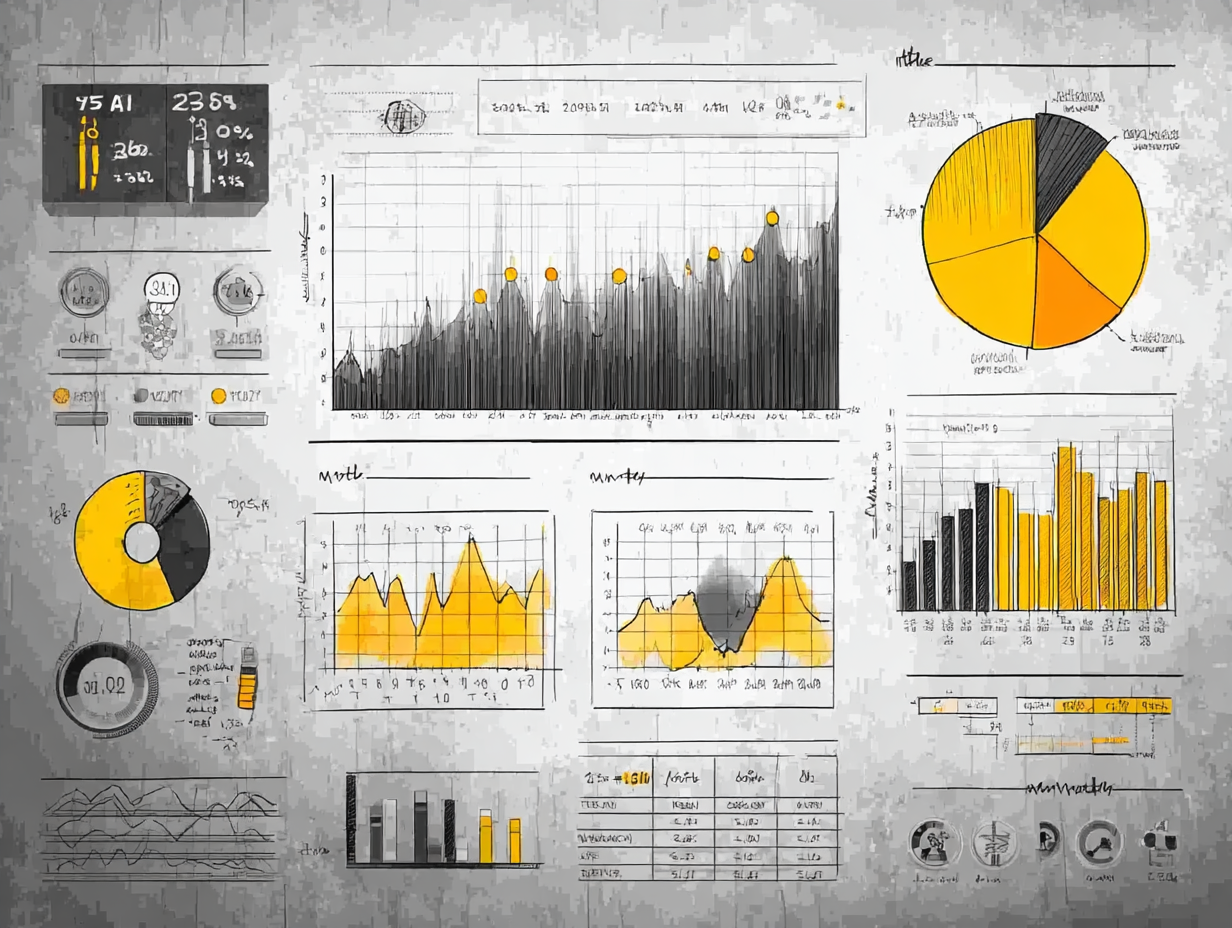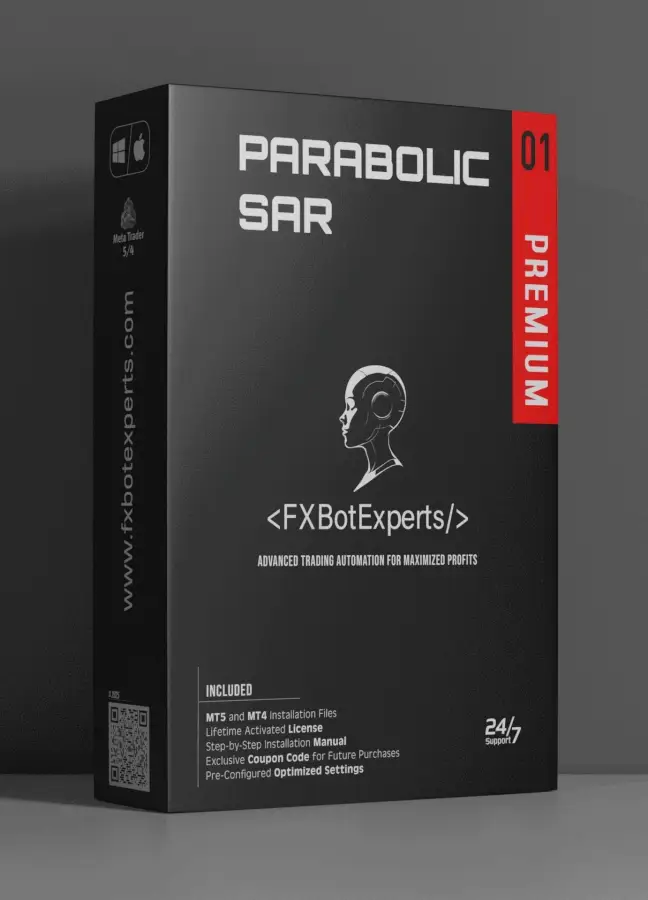Leveraging Synthetic Data in Financial Modeling
August 1, 2025

Synthetic Data and GANs: How Traders Can Overcome Data Scarcity and Build More Resilient Models
One of the most pressing challenges in algorithmic trading is the limited variety of historical market data—especially when it comes to rare or extreme events like flash crashes, parabolic rallies, or prolonged sideways markets. Traditional datasets rarely capture these edge cases, which leaves trading systems exposed to failure in real-world, out-of-sample scenarios.
Generative Adversarial Networks (GANs) offer a breakthrough solution: they generate synthetic market data that mirrors real market behavior, vastly expanding the dataset available for backtesting, stress-testing, and model training.
1. Why Historical Data Falls Short
Rare events are underrepresented
Black swan events like the 1987 crash, the 2008 financial crisis, or the 2020 flash crash occur just a few times in decades of data. This makes it hard to prepare trading models for such conditions.
Data access is limited
High-quality tick data is often expensive, restricted, or subject to licensing limitations, creating barriers for individual traders and small firms.
Markets evolve over time
New regulations, geopolitical shifts, emerging trading venues, and algorithmic influences create structural changes that older datasets simply cannot reflect.
Because of this, trading systems that perform well on a 20-year backtest often fail when confronted with modern market dynamics like illiquidity or volatility spikes.
2. GANs Explained in Simple Terms
GANs consist of two neural networks:
- The Generator: Takes random noise and transforms it into synthetic price series that resemble real market behavior.
- The Discriminator: Evaluates whether the input data is real or fake, pushing the generator to improve over time.
These networks are trained in an adversarial loop, where each iteration improves the realism of the synthetic output. Over time, GANs learn to replicate the distribution of returns, volatility clustering, and even market microstructure noise—creating rich, lifelike datasets for testing and model training.
3. How to Build a GAN-Driven Market Simulator
Data Preparation
- Source clean tick or bar data for your target asset (e.g., EUR/USD).
- Clean outliers, fill missing values, and normalize the data for stable training.
- Engineer key features like log returns, intraday seasonality, or rolling volatility.
Model Architecture
- Use LSTM or 1D convolutional layers for the generator to simulate time series.
- Design the discriminator with convolutional layers to judge realism accurately.
Training
- Alternate training between the generator and discriminator over many epochs.
- Track loss metrics like Wasserstein distance to prevent mode collapse.
Validation
- Apply statistical tests (e.g., Shapiro-Wilk for normality, Ljung-Box for serial correlation, Levene for variance stability).
- Compare key behaviors like autocorrelation, volatility bursts, and tail risk characteristics between real and synthetic data.
4. Why Synthetic Data Is a Game-Changer
Realistic market simulation
GANs can produce thousands of price paths, including extreme events like flash crashes or rapid recoveries—perfect for scenario analysis and Monte Carlo testing.
Reduced overfitting
Training models on more diverse data helps avoid curve-fitting and improves generalization to unseen market conditions.
Stress-testing and risk modeling
Use synthetic tails to test stop-loss systems, drawdown protections, and Value-at-Risk calculations.
What-if scenario planning
By tweaking GAN input variables, you can model potential future market events—such as rate hikes, war shocks, or liquidity crunches—before they happen.
5. How fxbotexperts.com Uses GANs in Trading Systems
At fxbotexperts.com, we embed GAN-generated data directly into the development and optimization process of our Premium and Elite Expert Advisors. This allows us to:
- Optimize EA parameters across thousands of synthetic market paths.
- Stress-test EAs under extreme market regimes.
- Validate robustness beyond standard historical backtests.
Our product lineup includes:
- Premium EA: Proven strategies with predefined risk modules — starting at $1,500
- Elite EA: AI-powered systems with GAN-based stress-testing and adaptive logic — starting at $5,000
- Subscription Plans: Access to 38+ Premium EAs with continuous updates — available monthly or annually
6. Practical Tips for Traders Using GAN-Generated Data
- Start with a single asset like EUR/USD before expanding to multiple instruments.
- Use multiple statistical validation methods—do not rely on visual inspection alone.
- Blend synthetic and real data to capture both realistic microstructure and rare event scenarios.
- Update the GAN model periodically to reflect new market trends and structural shifts.
Final Thoughts
Generative Adversarial Networks are revolutionizing the way traders build, test, and optimize strategies. By unlocking access to diverse, realistic datasets, GANs reduce the risk of overfitting and prepare trading systems for even the most unpredictable market conditions.
Want to take your trading models to the next level? Explore AI-powered EAs and GAN-enhanced solutions at fxbotexperts.com. Whether you're building from scratch or refining a high-performance strategy, our tools are designed for traders who demand resilience, adaptability, and next-gen intelligence.
Disclaimer: Trading carries risk. While synthetic data can improve model performance, it does not eliminate the possibility of financial loss. Always test your strategies in a demo environment before live deployment.

